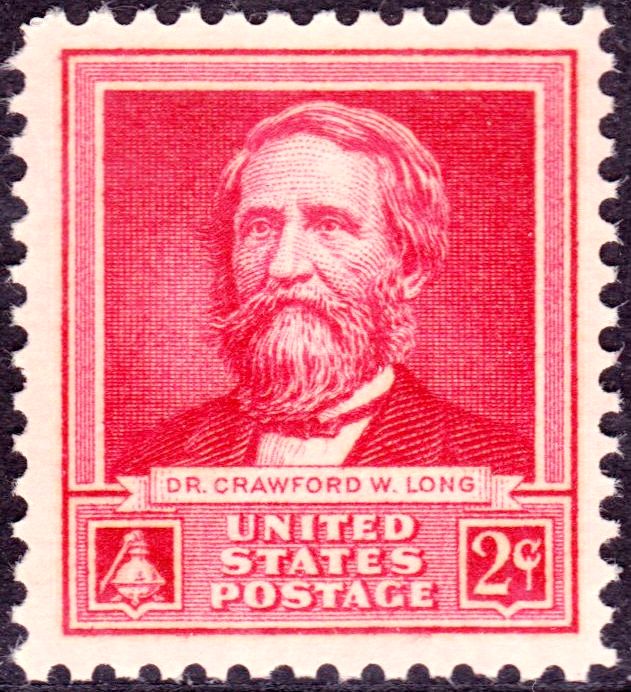|
Crawford W. Long Museum
The Crawford W. Long Museum is a history museum in downtown Jefferson, Georgia Jefferson is a city and the county seat of Jackson County, Georgia, United States. The population was 13,233 at the 2020 census, up from 9,432 at the 2010 census. As of 2024 the estimated population was 16,459. History Jefferson was founded in ... that is dedicated to the life and career of Crawford W. Long. It has been in operation since 1957. A recreated general store and 1840's doctor's office apothecary can be viewed within the museum. References Biographical museums in Georgia (U.S. state) Museums established in 1957 1957 establishments in Georgia (U.S. state) {{GeorgiaUS-museum-stub ... [...More Info...] [...Related Items...] OR: [Wikipedia] [Google] [Baidu] |
Jefferson, Georgia
Jefferson is a city and the county seat of Jackson County, Georgia, United States. The population was 13,233 at the 2020 census, up from 9,432 at the 2010 census. As of 2024 the estimated population was 16,459. History Jefferson was founded in 1800. That same year, the seat of Jackson County was transferred to Jefferson from Clarkesboro. Jefferson was incorporated as a town in 1806 and as a city in 1896. The city was named after Thomas Jefferson. Geography Jefferson is located in central Jackson County at (34.126736, -83.590297). It is bordered to the northwest by Pendergrass and to the southeast by Arcade. U.S. Route 129 passes through the southwest side of the city, leading northwest to Gainesville and southeast to Athens. Interstate 85 runs through the northern end of Jefferson, northwest of the center of town, with access from Exits 137 and 140. I-85 leads southwest to Atlanta and northeast to Greenville, South Carolina. According to the United States Census B ... [...More Info...] [...Related Items...] OR: [Wikipedia] [Google] [Baidu] |
Biographical Museum
A biographical museum is a museum dedicated to displaying items relating to the life of a single person or group of people, and it may also display the items collected by their subjects during their lifetimes. Some biographical museums are located in a house or other site associated with the lives of their subjects, such as Casa Paoli Museum. Other examples of house-based biographical museums are Anne Frank House in Amsterdam, Quinta de Bolívar in Bogotá, Colombia, the Keats-Shelley Memorial House in Rome, Italy, and the Gjergj Kastrioti Skënderbeu National Museum in Krujë, Albania. Some homes of famous people house collections in the sphere of the owner's expertise or interests, in addition to collections of their biographical material. One such example is the Wellington Museum at Apsley House in London, home of the 1st Duke of Wellington, which, in addition to biographical memorabilia of the Duke of Wellington's life, also houses his collection of fine paintings. Oth ... [...More Info...] [...Related Items...] OR: [Wikipedia] [Google] [Baidu] |
Crawford Long
Crawford Williamson Long (November 1, 1815 – June 16, 1878) was an American surgeon and pharmacist best known for his first use of inhaled sulfuric ether as an anesthetic. Life and work Long was born in Danielsville, Madison County, Georgia on November 1, 1815, to James and Elizabeth Long. His father was a state senator, a merchant and a planter, and named his son after his close friend and colleague, Georgia statesman William H. Crawford. By the age of fourteen, he had graduated from the local academy and applied to the University of Georgia in Athens. It was here he met and shared a room with Alexander Stephens, future Vice President of the Confederate States of America during the American Civil War. In 1835, he received his A.M. degree. He began his study at Transylvania College in the fall of 1836 in Lexington, Kentucky. Here, Long was able to study under Benjamin Dudley, a revered surgeon. He observed and participated in many surgeries and noted the effects of operatin ... [...More Info...] [...Related Items...] OR: [Wikipedia] [Google] [Baidu] |
Biographical Museums In Georgia (U
A biography, or simply bio, is a detailed description of a person's life. It involves more than just basic facts like education, work, relationships, and death; it portrays a person's experience of these life events. Unlike a profile or curriculum vitae (résumé), a biography presents a subject's life story, highlighting various aspects of their life, including intimate details of experience, and may include an analysis of the subject's personality. Biographical works are usually non-fiction, but fiction can also be used to portray a person's life. One in-depth form of biographical coverage is called legacy writing. Works in diverse media, from literature to film, form the genre known as biography. An authorized biography is written with the permission, cooperation, and at times, participation of a subject or a subject's heirs. An unauthorized biography is one written without such permission or participation. An autobiography is written by the person themselves, sometimes wit ... [...More Info...] [...Related Items...] OR: [Wikipedia] [Google] [Baidu] |
Museums Established In 1957
A museum is an institution dedicated to displaying or preserving culturally or scientifically significant objects. Many museums have exhibitions of these objects on public display, and some have private collections that are used by researchers and specialists. Museums host a much wider range of objects than a library, and they usually focus on a specific theme, such as the arts, science, natural history or local history. Public museums that host exhibitions and interactive demonstrations are often tourist attractions, and many draw large numbers of visitors from outside of their host country, with the most visited museums in the world attracting millions of visitors annually. Since the establishment of the earliest known museum in ancient times, museums have been associated with academia and the preservation of rare items. Museums originated as private collections of interesting items, and not until much later did the emphasis on educating the public take root. Etymology ... [...More Info...] [...Related Items...] OR: [Wikipedia] [Google] [Baidu] |




